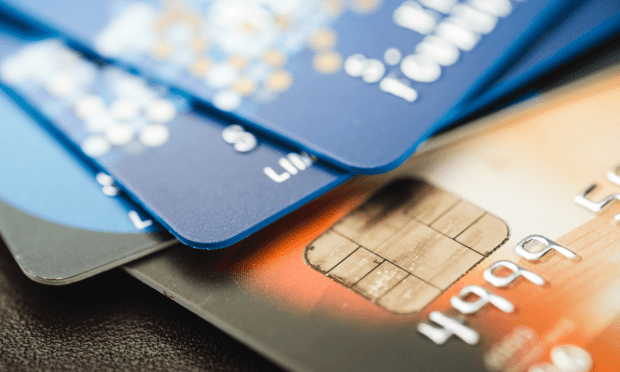Credit Card Borrowing Nears Pre-Pandemic Levels

There are some things we want to see return to pre-pandemic levels, like traveling to far-flung locales or gathering with friends and family.
And then there are some things that, perhaps, we might not like to see move toward those pre-COVID-19 high water marks.
Not in the paycheck-to-paycheck economy, anyway.
Credit card debt is trending higher, nearing levels that had been seen a few years ago. That trend has been evidenced by data from eight issuers, as noted by Seeking Alpha. The general trend has been an upward one, off lows seen during the pandemic, where consumers had used stimulus payments to work down those balances.
Read Also: Card Issuers See Upswing in Borrowing
Trouble for Paycheck-to-Paycheck Borrowers
Inflation, of course, is partially responsible for some of the accumulation. And though it might be argued that the increase in debt might be manageable because it is in effect a “refresh” off low levels, PYMNTS data show that trouble may wait in the wings.
Especially for those of us who live paycheck to paycheck — which is most of us, at 59% of the U.S. population. In fact, that designation is so prevalent that 49% of consumers earning more than $100,000 now don’t have enough money at the end of every pay period. And as reported in a recent “New Reality Check” report, done in collaboration between PYMNTS and LendingClub, 29% of consumers living paycheck to paycheck who have issues paying the bills don’t have credit cards. That implies that more than two-thirds of those same consumers do have credit cards.
And if a majority of those borrowers have cards in hand and have issues paying the bills, it follows that they’d tap those cards to make ends meet — especially, as we’ve found that the savings of consumers living paycheck to paycheck have dropped from a peak of $4,000 during the pandemic to a recent $2,969. The savings cushion can only last so long, and credit cards are filling the gap. But by increasing that monthly debt burden — that is, the cost of servicing that debt — the paycheck-to-paycheck consumer now adds a bit more pressure on the daily struggle to maintain cash flow.
A vast majority of our consumers surveyed have had to navigate financially stressful events, and in an age where the “new” emergency event now averages $1,400, it’s easy to see where the pressures lie. One or two emergency expenses can tip a consumer or family into a tenuous financial existence.
Read also: How Did $1,400 Become the ‘New’ Average Emergency Expense?
The cycle becomes a vicious one in which paycheck-to-paycheck consumers are likely to take on more credit card debt than other cohorts — and they are the ones who have the most trouble handling that debt. Indeed, the data from the issuers and also from the St. Louis Fed show that delinquency rates are on the rise. The old saying goes that where there is smoke there is fire, and within the paycheck-to-paycheck economy, the plumes are starting to rise.
